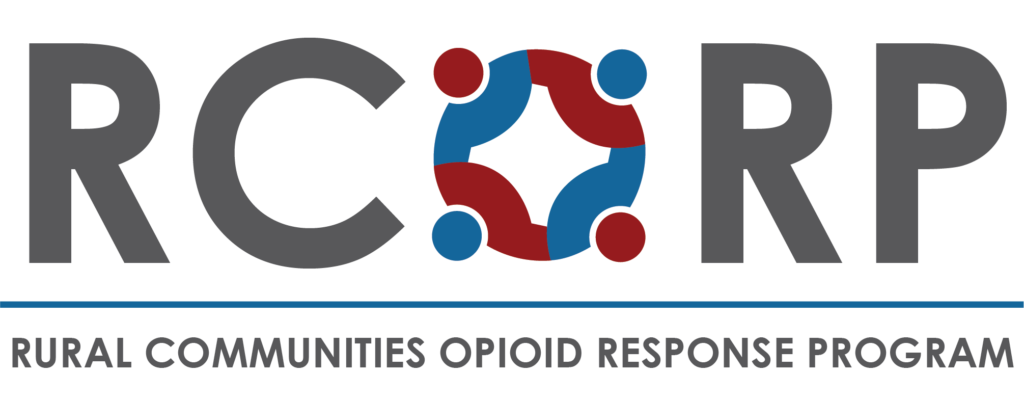Recovery Ecosystems for Rural Communities
The rural recovery ecosystem explained.
For Two Award Winning Authors, Community is Crucial to Overcoming the Opioid Crisis

This article summarizes important points from the keynote speeches given by two award-winning authors at the Taking Action Summit in 2022.
“Sam Quinones and Beth Macy have spent much of their careers as journalists and authors covering this nation’s overdose crisis. Quinones’s works include his bestseller Dreamland and new book The Least of Us, and Macy’s include her bestseller Dopesick, which became a series on Hulu, and recently released Raising Lazarus. Although these authors have focused on different aspects of the crisis, in their keynote speeches they shared an overarching conviction. Community engagement—and the sense of purpose and belonging it gives rise to—is capable of turning the tide.”
Crossing Miles to Save Lives: Touchless Naloxone Delivery in Rural Communities
Naloxone can counteract the life-threatening effects of an opioid overdose. As communities confront overdoses involving synthetic opioids that may require higher doses of naloxone, naloxone distribution is critical.
In this webinar, Gloria Baciewicz (Strong Recovery) and Patrick Seche (UR Medicine Recovery Center of Excellence) discuss targeted naloxone distribution, including how to establish a program, addressing how to become a registered program, how to get trained, how to provide training, how to acquire naloxone for distribution, how to distribute it to trained providers, and innovative methods for remote/virtual training and “no touch” delivery (e.g., by mail) to expand access to naloxone in rural areas.
Bridging the Gap: Telemedicine as a Path to Primary Care Pharmacotherapy for Opioid Use Disorder
In this webinar, Dr. Holly Russell and Michele Lawrence of UR Medicine Recovery Center of Excellence discuss telemedicine MOUD as a bridging strategy. They go through key questions involved in implementing a program, including how to plan and implement the use of a telemedicine “bridge,” and how to reach key populations with such a program. The bridge approach provides the community time to heal and develop trust, and also ensures physicians time to become trained in MOUD and build the necessary care management infrastructure into their practice for OUD treatment. Finally, the bridge connects patients with local access to the medication that is critical to their recovery and survival,
Critical Role of Peer Specialists in Recovery

This article summarizes the discussion about the important role of Peer Recovery Specialists during a breakout session at the 2022 Taking Action Summit.
“As jail liaison for Santa Cruz County Justice Court in Arizona, Martin Felix has seen what peer specialists can do. He recalled waking up with tubes in his body after an overdose put him in a coma for three days. He now recognizes that his own extraordinary recovery is what gives him the credibility to reach others and offer them hope. He believes the perspective and insight that come from lived experience are “the special sauce” that enables peer specialists to relate to other people with substance use disorder (SUD) and guide them to recovery.”
Rural Opioid and Direct Support Services (ROADSS) for Methadone Maintenance Treatment
This article discusses the Rural Opioid and Direct Support Services (ROADSS) program, and provides a toolkit including an implementation packet, staffing plan, sample job descriptions, and an onboarding checklist.
Welcoming Recovery
Stigma remains a challenge in community discussions of substance use disorder (SUD) and SUD treatment. It may create obstacles as an organization in a rural area works to establish a new treatment facility. To help reduce stigma and communicate the wide-reaching benefits of increasing access to treatment closer to home, the center has developed the […]
Recovery Ecosystems for Rural Communities
The rural recovery ecosystem explained.
Building a Recovery Ecosystem from Scratch
Webinar

